Sometimes, the safest option isn’t staying put. Whether you’re facing natural disasters, societal breakdowns, or unexpected threats, knowing when to move could save your life. As a prepper, I’ve learned that adaptability is key, and being prepared to evacuate—at a moment’s notice—can be the difference between safety and danger. The idea of staying in place can feel comforting, but in certain scenarios, it could be a deadly mistake.
In this list, I’ll walk you through some of the most common—and a few surprising—situations where staying put is not just risky, it’s outright dangerous. My goal is to help you recognize these signs before they escalate. Knowledge and preparation are powerful tools for protecting yourself and your loved ones.
When Wildfires Are Approaching
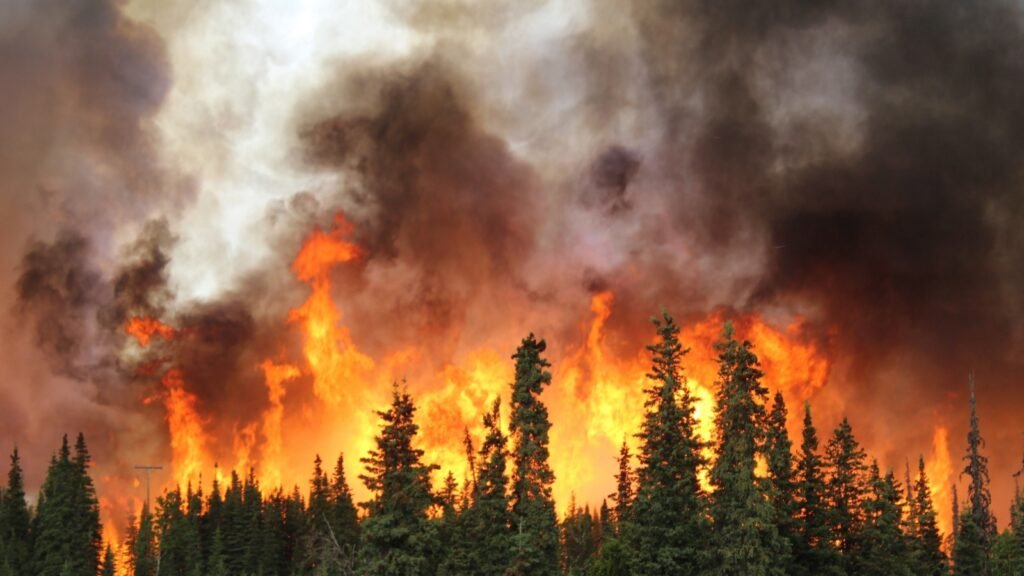
Wildfires move fast—faster than most people realize. Staying in place can lead to being trapped by flames or thick, suffocating smoke. If authorities issue an evacuation order, don’t wait. Even without an official warning, if you see smoke or fire and conditions are dry, you should leave immediately.
During a Chemical Spill or Gas Leak
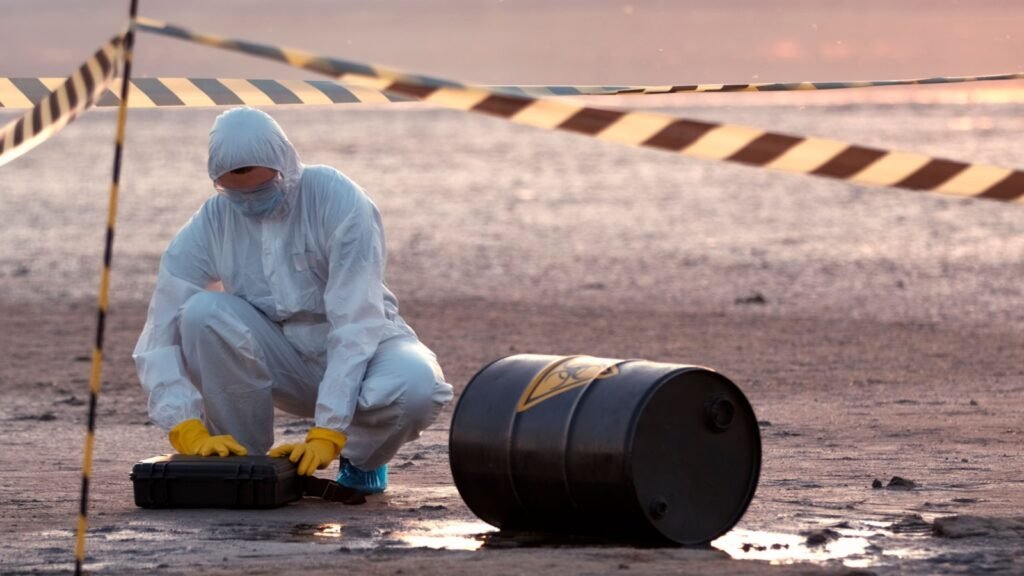
Hazardous materials, like industrial chemicals or natural gas leaks, can make an area toxic in minutes. Staying put could expose you to fumes or even explosions. Pay attention to local alerts, and if you smell something strange, evacuate upwind without delay.
When Floodwaters Are Rising
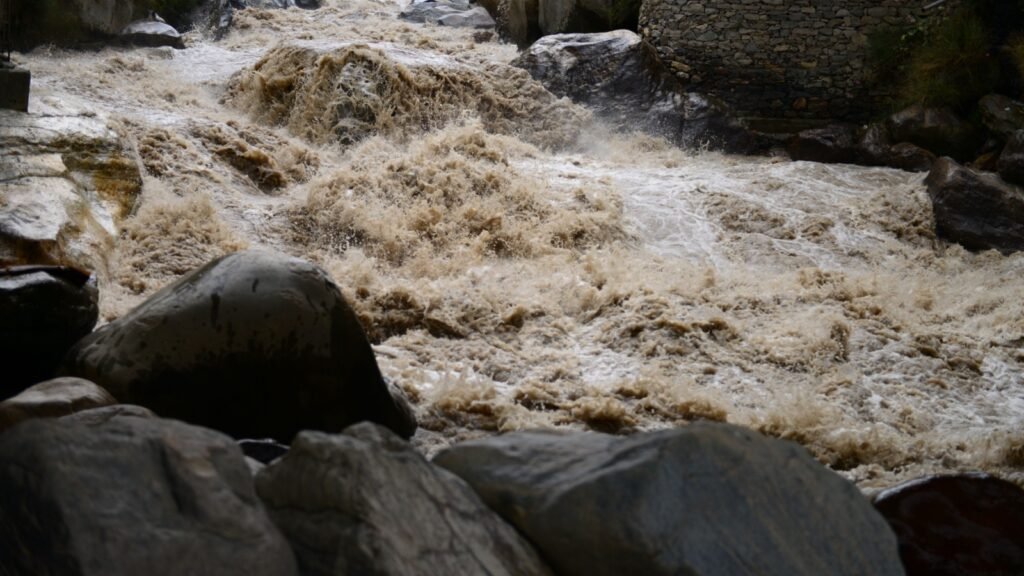
Flooding is one of the most underestimated dangers. Water levels can rise shockingly fast, cutting off escape routes. If there’s a flood warning or you see water creeping closer, leave early. Vehicles can be swept away in just a foot or two of water, so don’t take risks with slow departures.
If a Hurricane Is Bearing Down
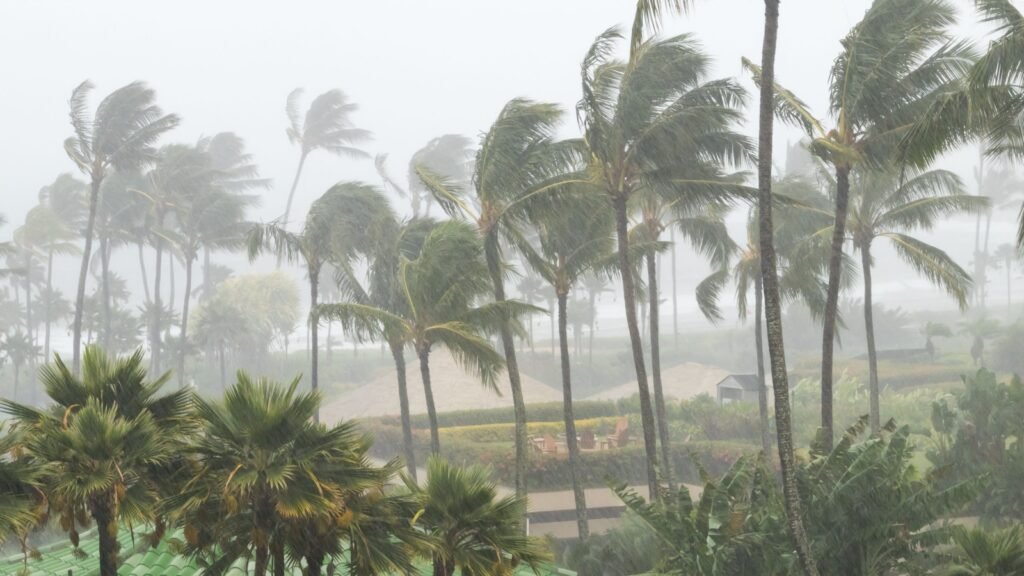
While some people choose to ride out hurricanes, it’s often not worth the gamble. The storm surge alone can be catastrophic, causing flooding and infrastructure collapse. Evacuate well in advance of the storm if you’re in its direct path, especially in low-lying areas.
During a Volcanic Eruption

Volcanoes are rare, but when they erupt, they’re devastating. Lava flows, ash clouds, and toxic gases make staying put a deadly choice. If you’re near an active volcano and it shows signs of activity, evacuate even before an official order.
In the Path of a Tornado

Tornadoes are unpredictable and destructive. If you don’t have a reinforced storm shelter, staying put could be fatal. In many cases, driving perpendicular to the tornado’s path can be safer than staying in an unprotected home.
When a Dam or Levee Fails
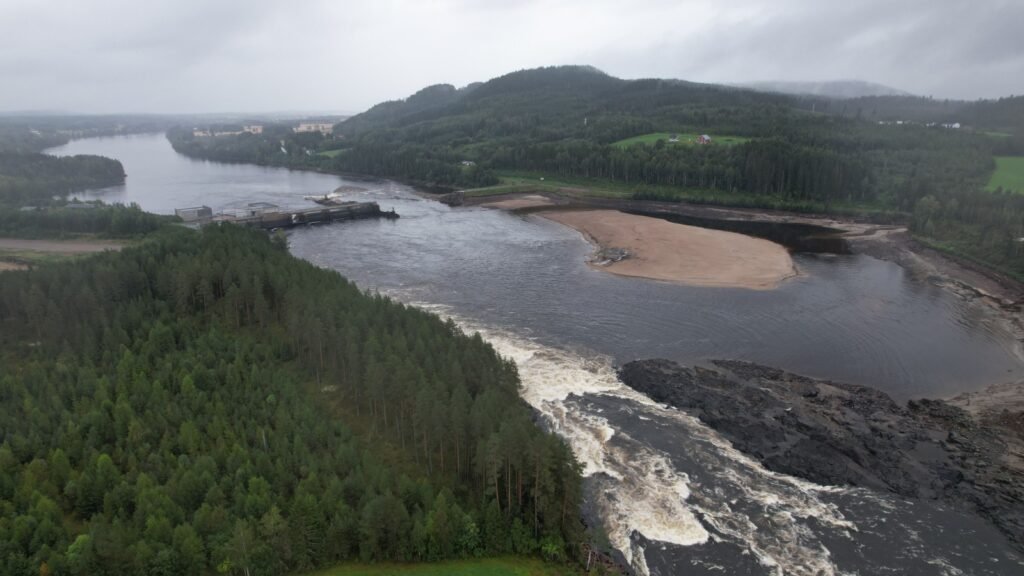
A dam or levee breach releases water with incredible force, and the destruction happens rapidly. If you hear warnings of structural failure, don’t hesitate to leave. Even minutes can make a difference in getting out of harm’s way.
If Civil Unrest Breaks Out

When protests turn violent or riots erupt, staying in place can put you in the crossfire. Looting, fires, and aggressive crowds can escalate quickly. If you see signs of unrest brewing, have a route ready to get out before roads are blocked.
During a Nuclear Power Plant Accident
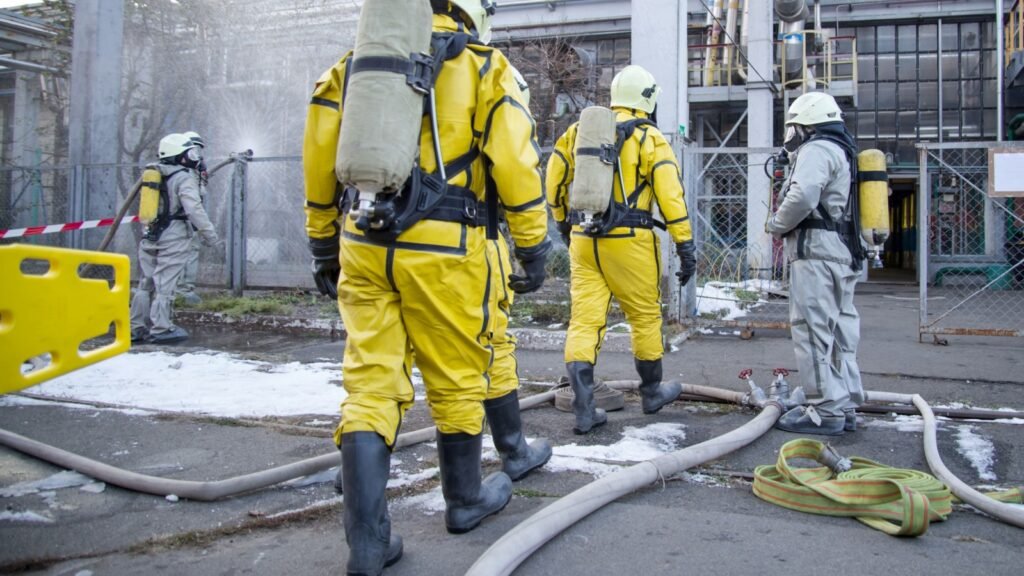
Radiation exposure can be deadly, even in small doses. If you live near a nuclear plant, keep an emergency kit ready and know your evacuation routes. Don’t wait to hear the full story—leave as soon as you hear about a malfunction or incident.
If a Pandemic Becomes Too Unstable
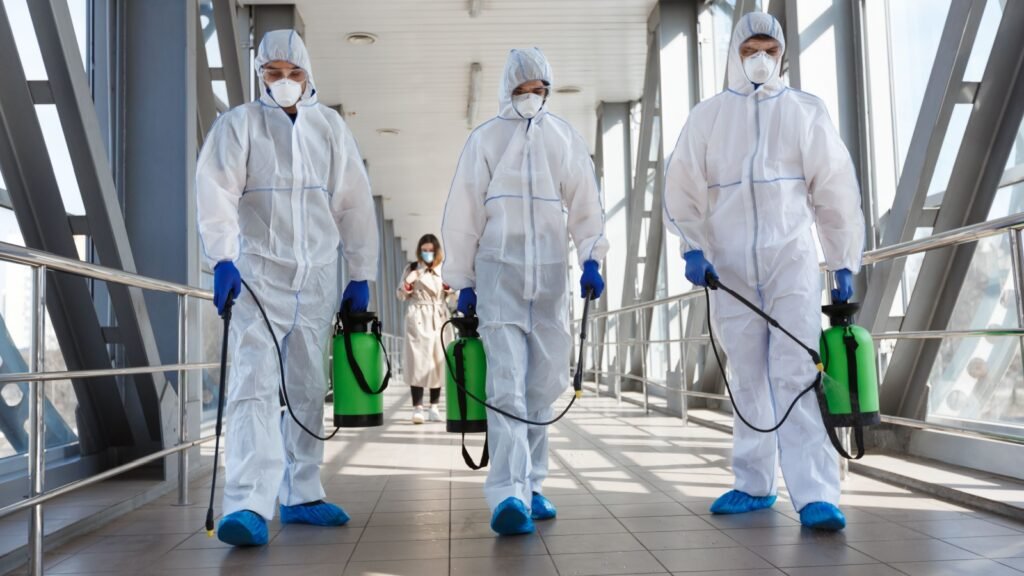
While quarantining at home is often the right call during a pandemic, there are exceptions. If your area becomes unsafe due to a breakdown in services, lack of resources, or rising violence, it may be time to move to a safer location.
When Winter Storms Knock Out Power

Long-term power outages during a blizzard or ice storm can make staying home life-threatening. Hypothermia and frostbite can set in quickly without heat. If it’s clear that utilities won’t be restored soon, evacuate to a place where you can stay warm.
If Landslides Threaten Your Home
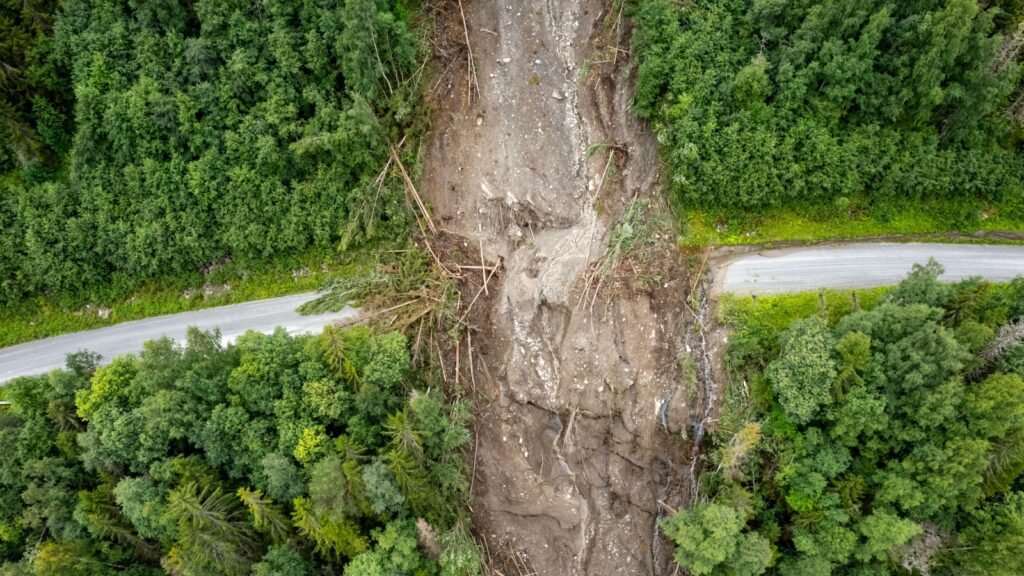
Homes at the base of a hill or near unstable cliffs are especially vulnerable. Landslides can strike with little warning, burying everything in their path. Evacuate at the first sign of heavy rain or instability in the ground near you.
During an Earthquake and Aftershocks
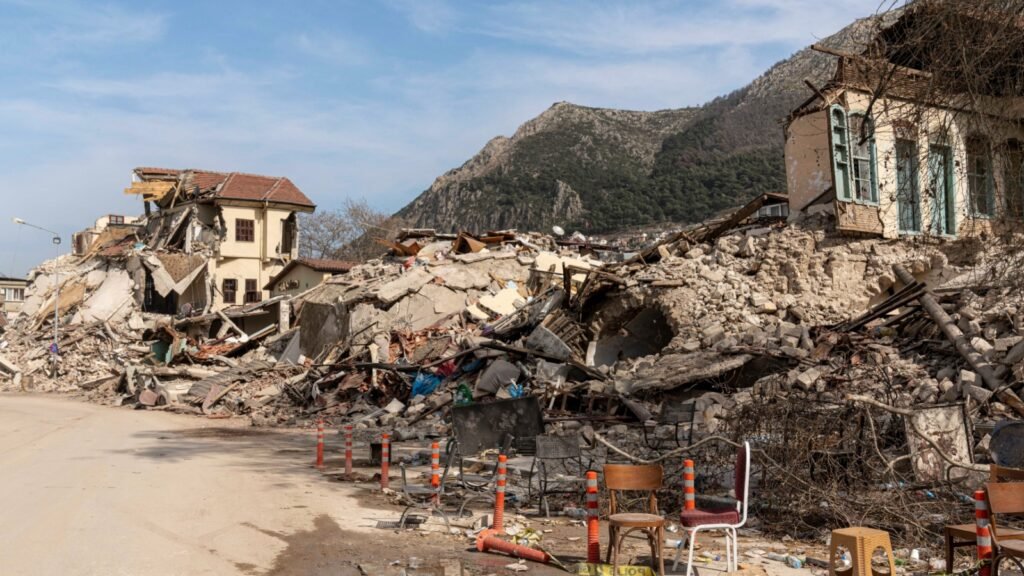
While the initial quake may pass quickly, aftershocks can bring buildings down. If your structure seems unstable or damaged, leave immediately. Even if you feel safe indoors, an evacuation can be critical if gas leaks or structural issues arise.
If There’s a Tsunami Alert
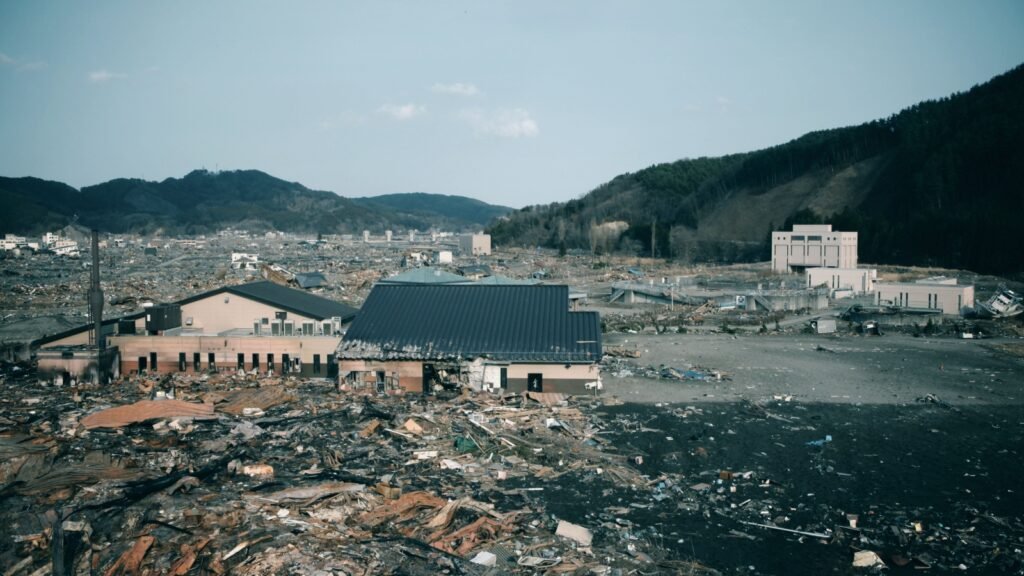
Tsunamis travel with incredible speed and force after an underwater earthquake. If you’re in a coastal area and hear a tsunami warning, head to higher ground as quickly as possible. Don’t wait to confirm the threat—it could be too late.
When Food or Water Supplies Run Out

Staying in place isn’t an option if you’ve run out of essential supplies. Whether it’s due to a natural disaster or a prolonged crisis, the lack of food and water will force you to leave. Plan your exit before desperation sets in.
If Your Home Becomes a Target

In extreme cases, such as widespread looting or home invasions, staying put might make you a sitting duck. If it’s clear that your home is no longer safe, it’s time to relocate to a more secure area.
When Fires or Explosions Are Imminent
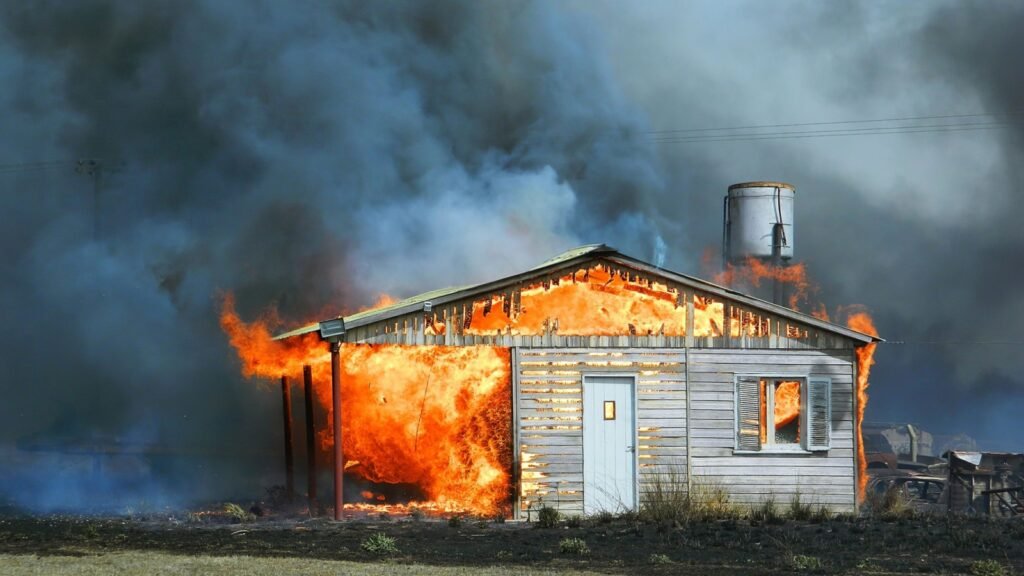
Whether it’s from a nearby gas line, industrial facility, or other source, fires and explosions can spread fast. Don’t underestimate how quickly they can make an area uninhabitable. Evacuate at the first warning signs of fire.

